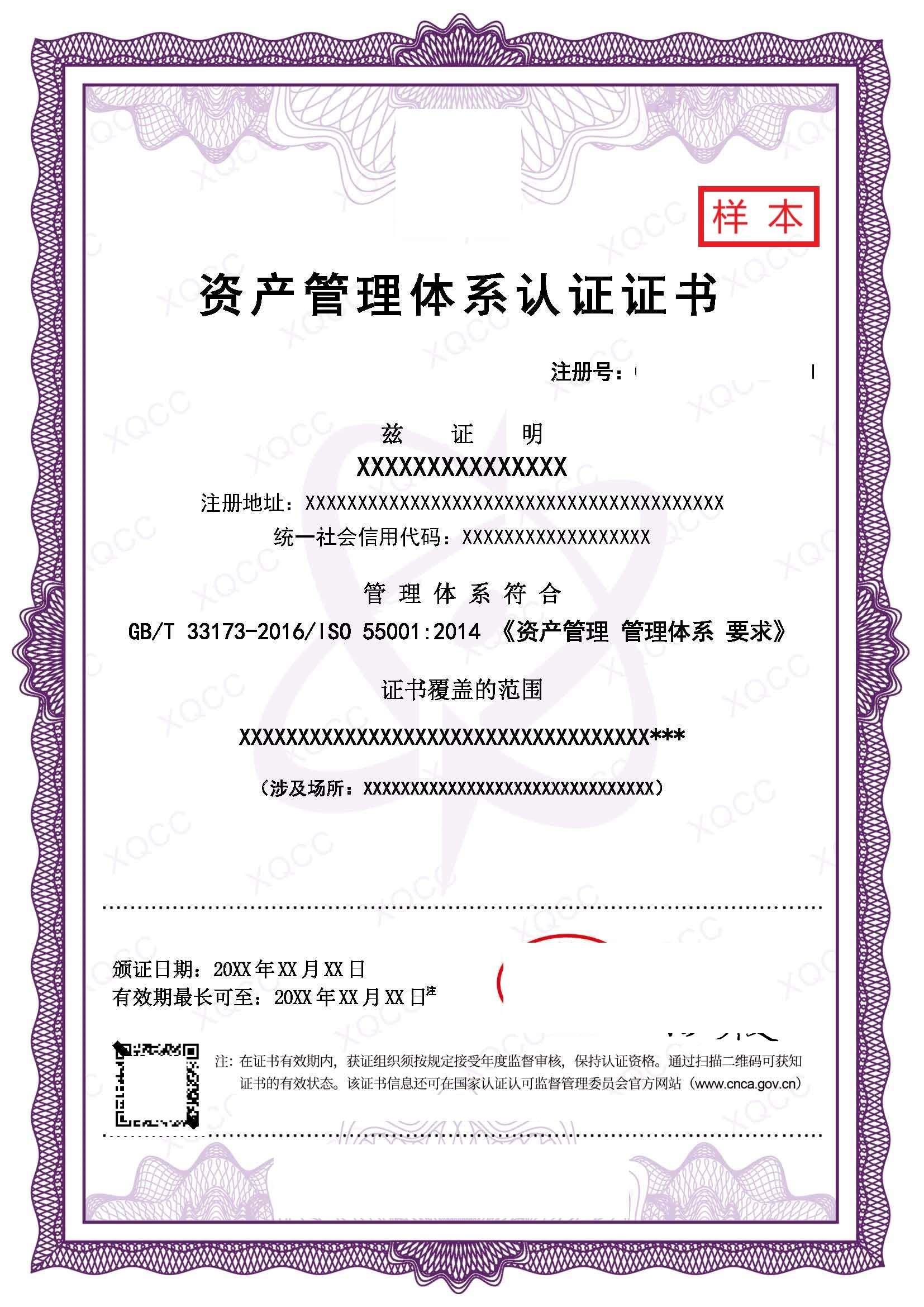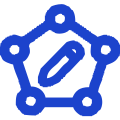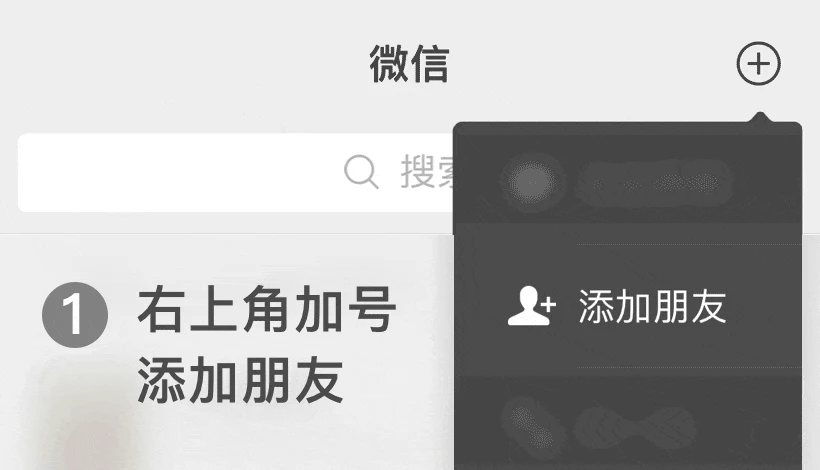
 Professional services are guaranteed
Professional services are guaranteed One on one full process guidance
One on one full process guidance Efficient and fast experience
Efficient and fast experienceISO 55001: International Asset Management Standards: As the cornerstone of the ISO 55000 series of standards, ISO 55001 defines the normative requirements for establishing AMS. It is based on widely recognized asset management principles and applies to organizations of any size, type (public, private), and nature of assets held (physical, financial, intangible, human, etc.), aiming to ensure that assets effectively deliver organizational value throughout their entire lifecycle.
GB/T 33173-2016: Authoritative adoption in China: China adopts (IDT) ISO 55001:2014, which has been published as a recommended national standard GB/T 33173-2016. This standard is completely consistent with ISO 55001 in terms of technical content, ensuring that Chinese enterprises are in line with international advanced levels in asset management practices, and providing clear basis for domestic certification, evaluation, and supervision.
(1) Objectives and Principles
The asset management system aims to maximize the value of organizational assets by analyzing the internal and external environment of the organization to determine asset management policies and strategic plans. Its core principles include value creation, consistency, leadership role, and providing assurance. For example, asset management requires translating organizational goals into specific technical and financial decisions to ensure that assets meet the organization's expected performance.
(2) Whole life cycle management
This standard emphasizes the management of the entire lifecycle of assets, covering various stages such as planning, design, procurement, use, maintenance, updating, and disposal. Through the Life Cycle Cost (LCC) approach, organizations can fundamentally control costs and risks. For example, by evaluating the optimal economic lifespan of equipment, timely phasing out outdated equipment, optimizing spare parts management, and thereby reducing unnecessary inventory costs.
(3) Risk management
The asset management system integrates risk management throughout the entire asset management process. Organizations need to identify, evaluate, and develop corresponding risk management measures related to assets. For example, when planning changes or outsourcing activities, a risk assessment must be conducted to ensure the achievement of asset management objectives.
(4) PDCA cycle
This standard adopts the PDCA (Plan, Implement, Check, Improve) cycle method, combined with a risk-based thinking approach, to ensure the continuous improvement of the asset management system. Through internal audits and management reviews, organizations can check the compliance and effectiveness of their systems, and revise policies and strategic plans based on changes in internal and external environments.
(1) Scope of application
GB/T 33173/ISO 55001 is applicable to all types and sizes of organizations, especially asset intensive industries such as public utility networks, electricity, water supply, transportation, oil and gas, manufacturing, etc. The asset management of these industries is directly related to the continuity of production and services, cost control, personnel safety, and environmental impact.
(2) Value and benefits
1. Improve asset management level: By adopting internationally advanced asset management concepts and methods, organizations can quickly enhance their asset management capabilities.
2. Reduce costs and risks: Through full lifecycle cost management, organizations can effectively control costs and reduce unnecessary expenses. Meanwhile, systematic risk management helps to reduce financial losses and operational risks.
3. Enhance competitiveness: Effective asset management can improve an organization's operational efficiency and service quality, and enhance market competitiveness.
4. Enhance reputation and compliance: Through certification, organizations can demonstrate their professionalism and sense of responsibility in asset management to stakeholders.
5. Support sustainable development: Asset management systems help organizations achieve sustainable development in finance, environment, and society.
| Category | Specific materials |
|---|---|
| System documents | -Asset Management Manual (System Framework Explanation) -Program files (critical process control flow) -System/homework instructions (such as maintenance procedures, risk assessment methods) |
| Operational evidence | -Asset management objectives and KPI monitoring records (such as equipment availability and maintenance costs) -Risk and Opportunity Assessment Report and Response Measures -Asset lifecycle decision record (investment/update/disposal analysis) -Internal and external communication records (such as feedback on stakeholder needs) |
| Certificate of Compliance | -List of Applicable Laws and Regulations -Compliance evaluation report (such as safety, environmental protection, special equipment testing report) |
| Performance evaluation records | -Internal audit report (including non conformities and evidence of rectification) -Management review meeting minutes and resolutions -Asset performance analysis report (such as cost-effectiveness, failure rate) |
| Proof of resources and capabilities | -Personnel training records (asset management related skills) -Information system management standards (such as EAM, CMMS usage logs) |
| Other | -Organizational Structure and Responsibility Allocation Table -Certification Application Form (Clarify System Scope) -Copy of Business License |
(II.) Core application requirements for certification
1. System establishment and effective operation
The planning and implementation of the asset management system have been completed, covering all standard clauses (organizational environment, leadership role, planning, support, operation, performance evaluation, improvement).
The system has been running for at least 3 months and has complete operation records (such as internal audits, management reviews, target monitoring, risk management, etc.).
2. Complete documentation of information
At least including:
Asset management policies and objectives (aligned with strategy);
System scope statement (specifying applicable asset types and organizational boundaries);
Key process control documents (such as risk management, decision-making processes, maintenance strategies);
List of laws and regulations and evidence of compliance.
3. Complete internal audits and management reviews
Conduct at least one internal audit covering the entire system and issue a report;
The top management presides over the management review meeting and outputs improvement decision records.
4. Management Commitment
The top management needs to demonstrate their participation (such as signing policies, allocating resources, and reviewing performance).
The following is the process diagram for GB/T 33173/ISO 55001 asset management system certification, for reference and use by enterprises:




Wechat ID:Siterui888888
Add a wechat friend to get free plans and quotations


 Contact
Contact




 定制化解决方案
定制化解决方案 专业咨询指导
专业咨询指导 透明化服务
透明化服务 长期顾问式合作
长期顾问式合作